Meal planning may seem obscure or difficult to those unfamiliar with it, but this is typical because we approach it from the conclusion after all the recipes have been chosen, all the supplies have been purchased, and a week’s worth of dinners have been successfully prepared. A novice’s eyes widen when presented with all the facts, and their resounding inquiry is, “But how do I do it?”
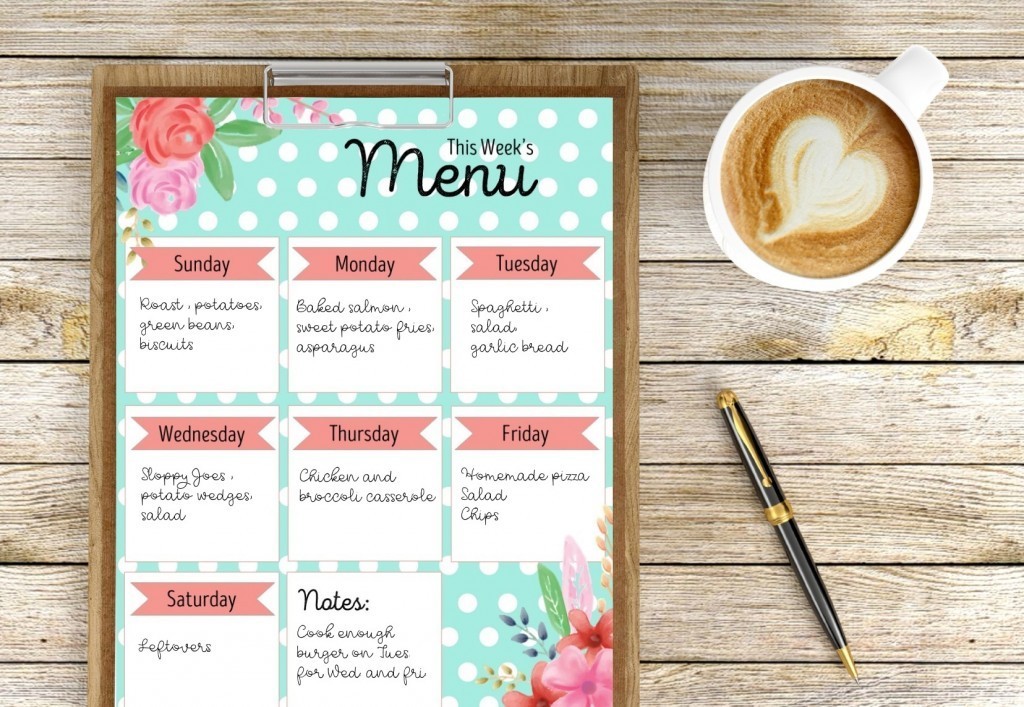
Selecting recipes, purchasing materials, and preparing your meals are the three main stages that make up the easiest, most efficient method for meal planning. These stages may seem fairly clear, and for the most part, they are, but each contains a crucial tactic.
Meal planning is valuable because of the strategy, or it’s just the money you can save! Along the way, we’ll discuss what to omit and what is necessary for success and offer different expert ideas you can use as you settle into your own pace.
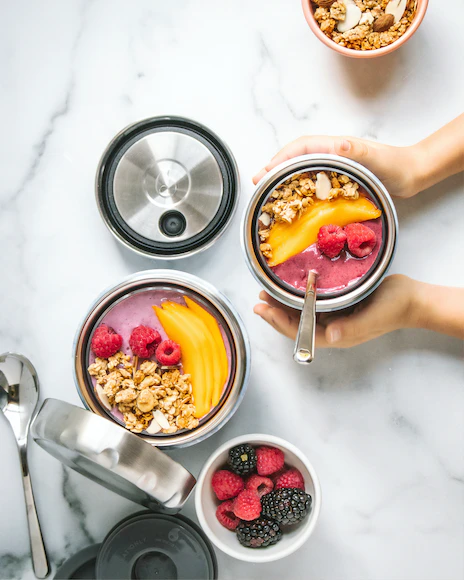
What Is Meal Planning, First, Anyway?
Before we delve in, let’s clarify what meal planning is and isn’t.
What it is: Meal planning asks the what’s for dinner question once a week instead of requesting it every evening, followed by ingredient purchasing and preparation before cooking. Breaking meal planning down into three phases. You can use this free template for your meal planning :
- Choose your meals and, if necessary, their recipes.
- Purchase ingredients.
- Get those components ready.
Start on a Friday: We’re huge proponents of implementing this technique throughout the weekend, starting the planning on Friday, shopping on Saturday morning (or night – fewer people in the stores), and then setting aside about an hour on Sunday for dinner preparation.
What it isn’t: The coveted object! Meal planning has received so much attention recently that it’s simple to exaggerate its positive impacts. Even while it does so much good, you still need to customize it to your requirements (which involves being clear on what they are) and giving yourself plenty of room to experiment until you discover a system that works for you. We have strong feelings about pizza night. Therefore you must make a place for it!
In addition, meal preparation is not.
A large tabbed binder contains one month’s worth of menus: Make a note of it in your calendar, on a piece of paper that you place on the front of the refrigerator, in a Google doc, or on a whiteboard that is hung in the kitchen. Place it where you will notice it.
Completely homemade: Planning for takeaway, pizza night, and leftovers is something we love, love, love.
Only for four-family units: Everyone should plan their meals. Nevertheless, you should use a different approach depending on how many people you expect. These suggestions for food preparation, for one, are useful if you’re traveling alone.
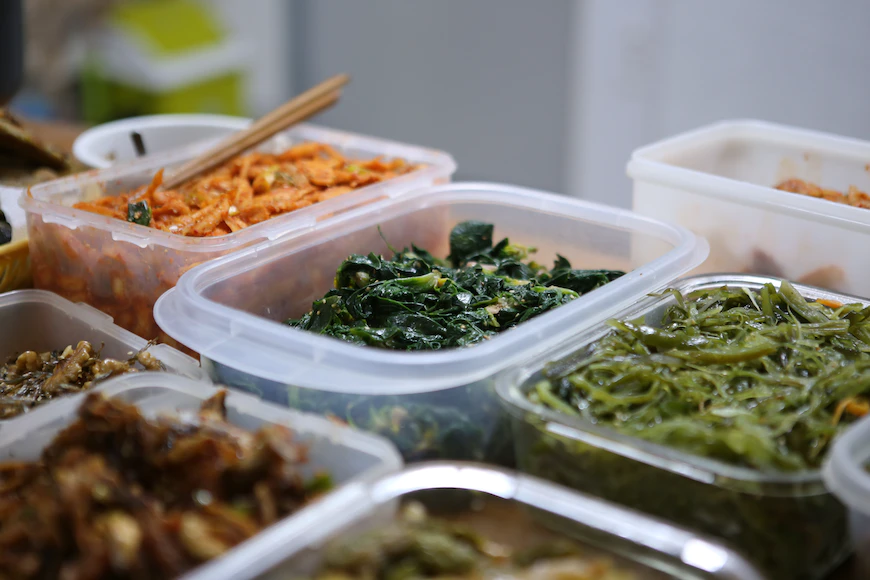
What Do You Need to Start Meal Planning?
We’re not asking you to undertake in-depth soul-searching here, just a little self-evaluation. Thinking about why you’re interested in meal planning in the first place will help you determine what you need. We may then focus on how to get there from there. So, here are a few questions for your consideration.
- Are you seeking diversity?
- To reduce costs?
- Better meals?
- Stop food waste?
- Maintain your sanity?
Or to be prepared to respond to the question “what’s for dinner?” your partner or children ask you daily. It’s possible to have it all when it comes to meal planning, but let’s take it carefully. Burnout is real, so if you’re starting, choose two or three elements that matter the most and consider them when you proceed to the following stage of selecting the recipes – our favorite part!
Next, be sure to choose your recipes carefully.
The idea of meal planning and the reasons you’re doing it are implemented when you choose your recipes. It is the most important stage because it initiates the rest of the procedure. However, you shouldn’t just pick a few recipes and hope for the best. Start considering your meal plan at least three days before you intend to implement it. This will allow you enough time to create a grocery list, go shopping, and prepare meals. Here is how we advise choosing your recipes.
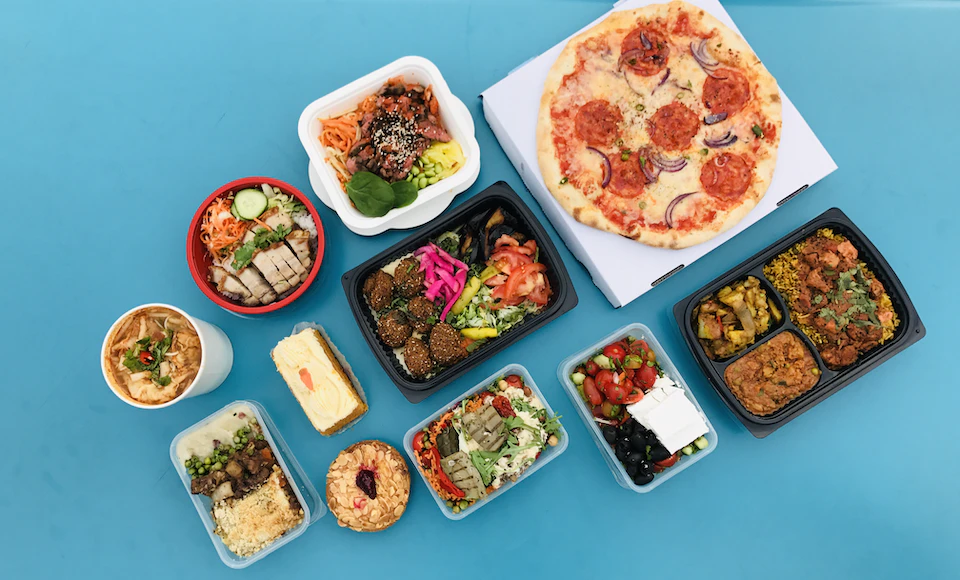
Choose how many meals to prepare in advance and what they must perform.
Look over your schedule for the upcoming week to choose how many nights you want to prepare supper at home. The most frequent number is five nights; however, for some folks, the ideal number is three. Then it would help if you focused even more closely. What should those meals accomplish on the nights that you cook? An excellent option would be to use a 10-hour slow cooker meal, for instance, in the morning when your child has a swim lesson. You might need something you can pack for tomorrow’s lunch if it’s just the two of you and she has to work late.
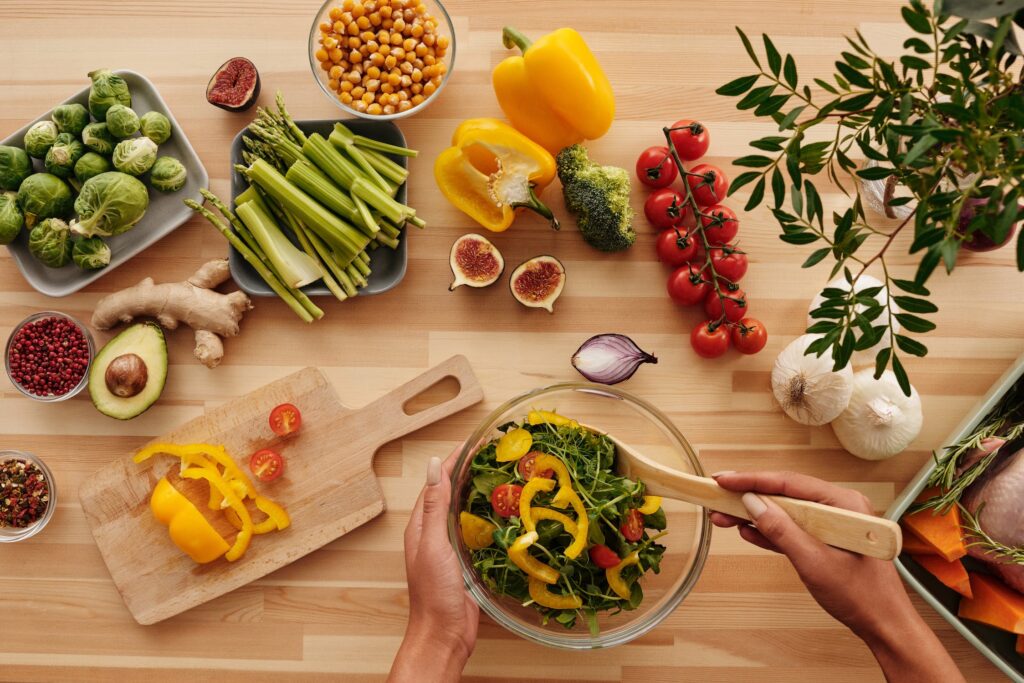
Create a smarter shopping list by following a 2-step process.
We advise creating an ingredient list first, followed by a grocery list. Avoid being overloaded! It seems time-consuming and tiresome, but it’s not. After you’ve gone through the procedure, you can call yourself an expert. You will only ever purchase another bag of shredded cheese when you already have some in the fridge if you create your final shopping list in this manner! Create a master ingredient list. This is not your grocery list, but it will help you determine what you have in your kitchen and lead to a great one.
To create the main list of ingredients you’ll need for the week, start by looking over the ingredient list for each dish. Then, walk through your kitchen with careful eyes and cross down anything you already have. You now have a pretty accurate list that you may use to create a grocery list.
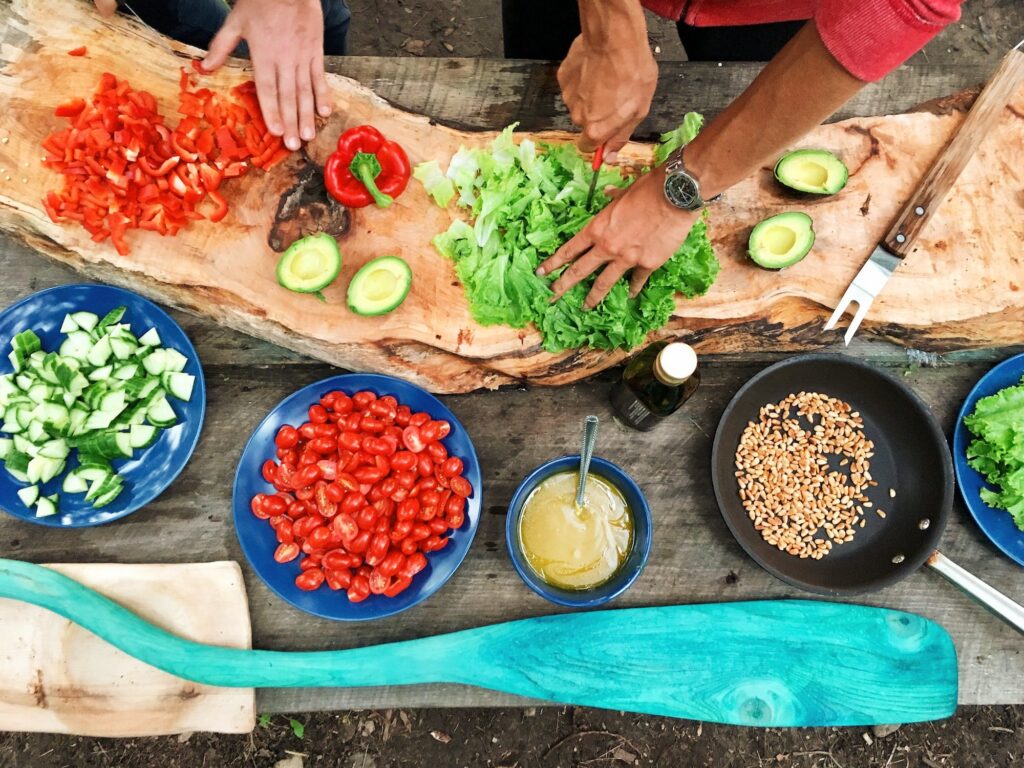
Make a shopping list for your meal planning :
You could, of course, go to the store with your reduced list of ingredients and easily pick up everything you need, but there’s still a better way! Rewriting the recipe allows you to arrange it for simpler shopping, in addition to giving you a chance to double-check the components. In the grocery shop, start by organizing ingredients by department. Put those parts in the order you want to shop by going one step further. A word of advice: If you wish the staff to dice up meat for you or separate a package of chicken breast, stop by the meat department first and save the freezer section for last.
Spend an hour getting ready
You chose your recipe, created a shopping list, went grocery shopping for the meals, and now it’s time to put your plan into action for supper. There is one more step, though, and it will help you get through the week without becoming sick of cooking. You must make some preparations! We advise you to set around an hour for batch cooking and cutting on Sunday.
Depending on the recipes for the week, what you should do may vary, but slicing garlic, cutting vegetables, cleaning lettuce and herbs, and even frying some chicken thighs in advance is always a huge help.

You’ve done Meal Planning! Now repeat that!
Even if it’s not tough, meal planning is not easy, especially if you’ve never done it. Therefore, if you came here hoping to improve your life in the kitchen a little bit calmer. As a result, you’re already doing well. Every time you prepare dinner, you learn the to-dos and not-to-dos, how to tailor the process to your requirements, and where you may make improvements the following week. You get better if you keep doing it.
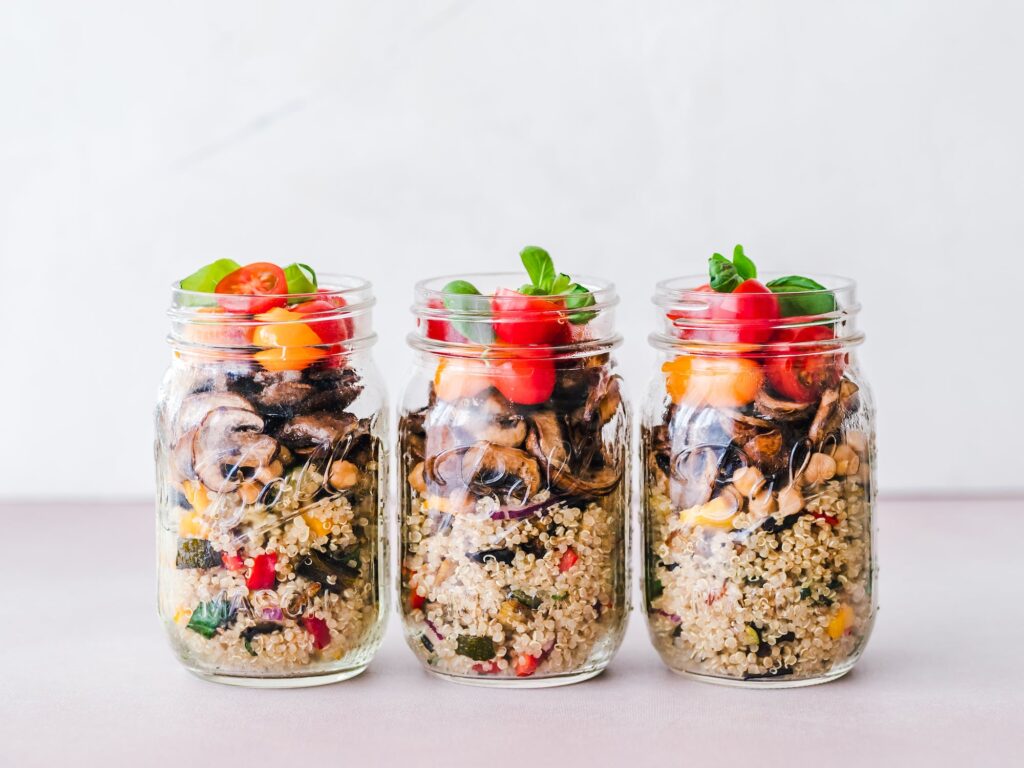
Meal Planning: Meals on the Go
Make sure you have wholesome foods on hand or at home that you can bring with you for the locations where you could grab something light or have a snack on the go (such as the vehicle or at your desk). For instance:
- Fruits that are easy to grab include apples, oranges, bananas, canned fruit without sugar, and raisins.
- Fresh veggies that have been washed and cut include celery, carrots, and cucumbers.
- Low-fat and fat-free dairy products, including low-fat cheeses, milk, and yogurt without added sugars
- Whole-grain bread and crackers
- Almonds and other nuts and seeds, low-fat deli turkey slices, and so on are examples of protein options.
- Make a shopping list and restock your refrigerator and cabinets with nutritious alternatives.
Suppose you like to munch in these locations; consider filling your office cupboard or glove box with nutritious shelf-stable snacks. When you have a wide selection of wholesome meals, you’ll find it’s simpler to make wiser decisions.
Comment below your favorite meal prep ideas. And for more articles like this, keep your eyes on thewebcapitals.
























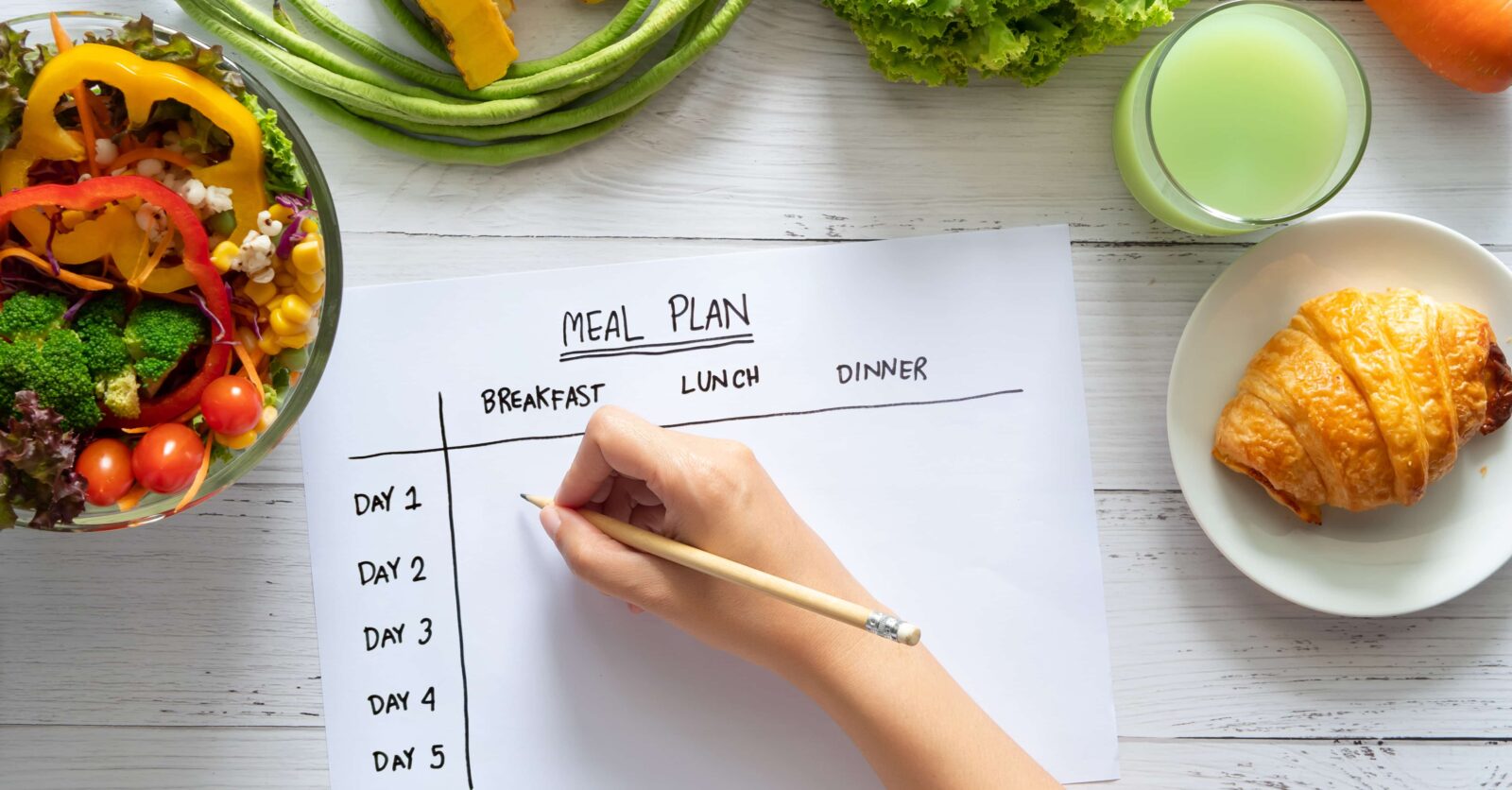

Leave a Reply